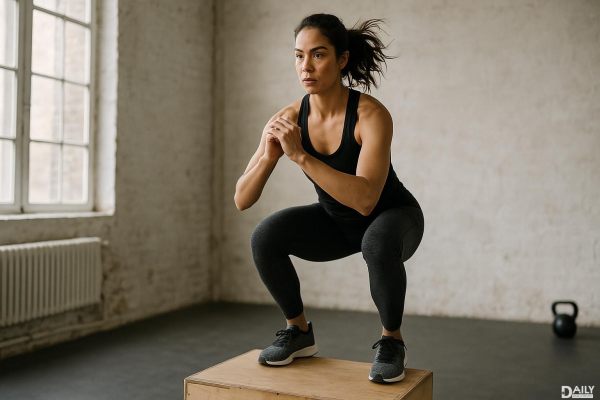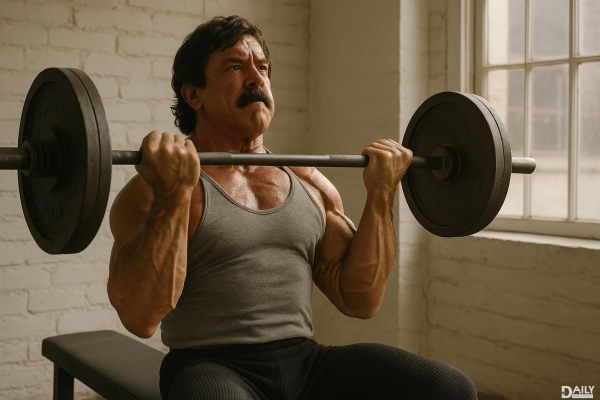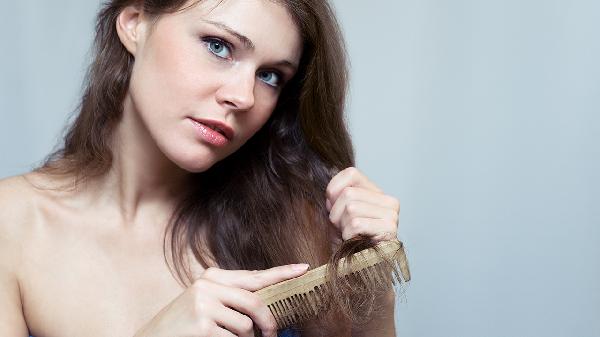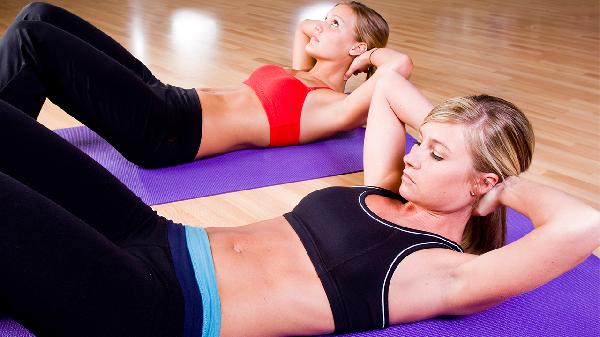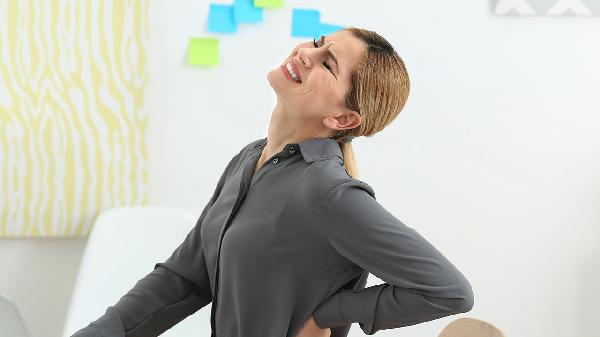Amir Lancaster isn't just breaking a sweat in his Pilates class—he's breaking stereotypes. The reality star and former athlete admits he’s often the only guy in the room, but that’s exactly what keeps him coming back. For Lancaster and a growing number of men, female-dominated fitness spaces aren’t just a trend—they’re a game-changer. But what’s driving this shift? And why are some folks side-eyeing the influx of dudes in leggings? Let’s unpack it.
The Appeal of the "Underdog" Workout
For guys like Lancaster, the challenge is the hook. "I walked in thinking I’d crush it because I’m athletic," he laughs. "Then I couldn’t even hold a plank correctly." That humbling experience is a recurring theme among men who gravitate toward Pilates, barre, or yoga. Unlike weightlifting or HIIT—where brute strength often equals success—these classes demand precision, flexibility, and endurance. Adam Dane, a longtime group fitness junkie, puts it bluntly: "It’s ego-check central. You might bench 300 pounds, but can you hold a teaser pose for 30 seconds without shaking?" The physical demand is only part of the appeal, though. Many men cite the lack of competition as refreshing. No grunting over dumbbells, no alpha-male posturing—just a focus on personal progress.
From Niche to Mainstream
A decade ago, barre studios were practically a ladies’ club, and yoga classes rarely had more than one or two men. Now? Studios report a 20-30% increase in male attendance since 2020. Social media plays a role—watch any NFL player’s Instagram, and you’ll likely spot off-season Pilates clips. Trainers also note that hybrid workouts (think: Pilates-infused strength training or yoga sculpt) act as a gateway. "Men come for the ‘sculpt’ label, stay for the burn," says a Solidcore coach. Even terminology is shifting. What was once marketed as "toning" is now rebranded as "functional mobility" or "athletic recovery," buzzwords that resonate with male clients. The result? A cultural blurring of fitness gender lines.
The Backlash: Who "Owns" These Spaces?
Not everyone’s celebrating. Some women express frustration when men dominate the front row or disrupt class dynamics. "There’s a difference between participating and performatively taking over," says a longtime SoulCycle rider. Instructors whisper about guys who treat reformer machines like weight benches or loudly debate form mid-class. Then there’s the awkwardness of adjustments—many female instructors hesitate to physically correct male clients, a stark contrast to the hands-on cues common in women’s sessions. Studios are scrambling to adapt, with some offering "men’s intro" workshops to curb rookie mistakes. Others, like Lancaster, advocate for patience: "Yeah, I messed up the choreography at first. But no one’s born knowing how to do a perfect hundred."
The Unspoken Benefits: Mental Health and Community
Beyond the physical, men are quietly discovering the mental perks. Yoga’s stress-relief rep isn’t just hype—studies show it lowers cortisol levels. For Dane, who works in finance, a 6 AM barre class is "cheaper than therapy." Then there’s the social aspect. Unlike testosterone-fueled gyms, these spaces often foster camaraderie without machismo. Lancaster recalls bonding with classmates over shared struggles: "We’re all just trying not to faceplant during single-leg stretches." For older men, especially, low-impact options provide a sustainable way to stay active post-injury. One 50-something cyclist credits reformer Pilates with saving his knees after ACL surgery: "My ortho said, ‘Stop squatting.’ My Pilates teacher said, ‘Let’s rebuild.’"
What’s Next? The Future of Integrated Fitness
The stigma isn’t gone—some men still sheepishly admit they take class schedules "when fewer women are around." But as athleisure brands launch men’s Pilates lines and celebrities like Harry Styles rave about yoga, resistance is fading. Studios are responding with unisex marketing and male instructors to normalize the shift. The bigger question? Whether this is a lasting evolution or a fleeting trend. Lancaster’s bet? "Once guys realize they can get shredded without wrecking their joints, they’re not going back." One thing’s clear: the days of fitness being a segregated scene are numbered. And honestly? It’s about time.
So next time you spot a guy fumbling through his first reformer session, maybe offer a fist bump instead of a side-eye. After all, everyone’s just there to sweat—and maybe finally touch their toes.
